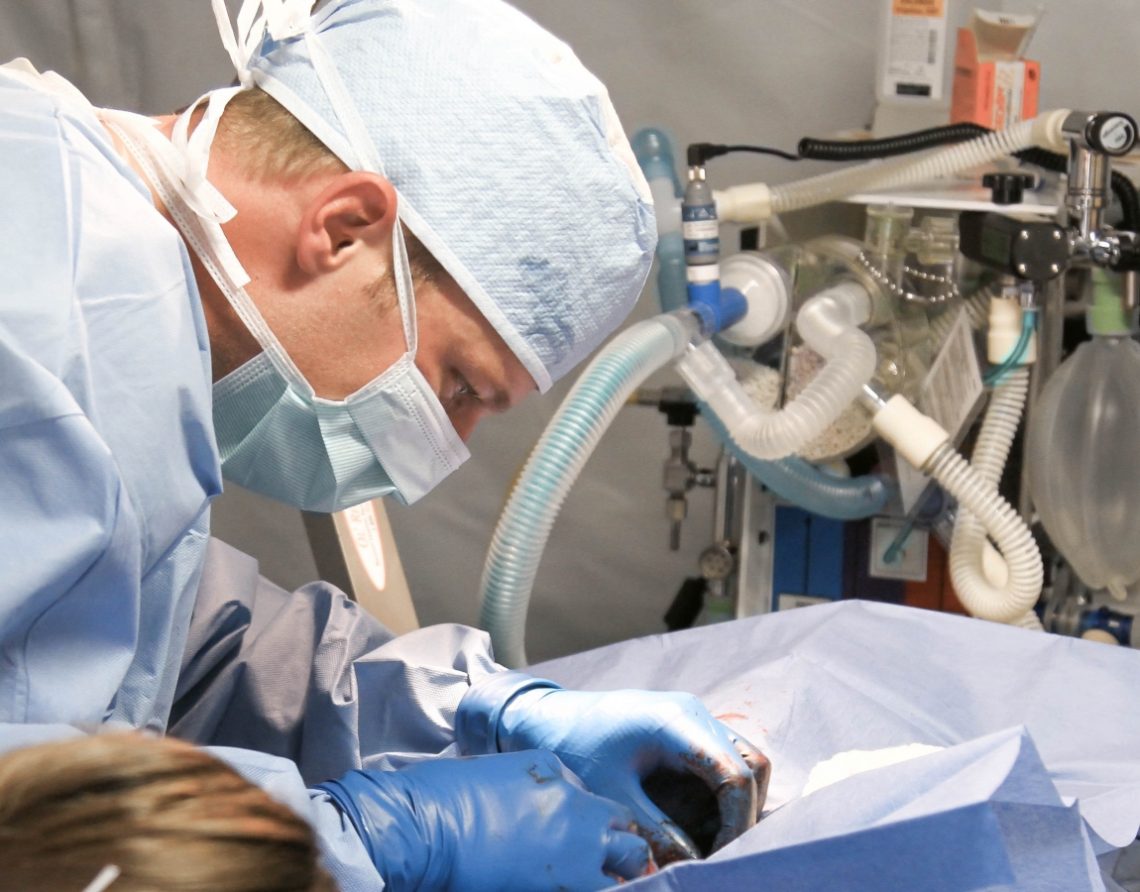-
What to Expect in the ER: Part 2
After Triage If your child’s problem does not require immediate attention, then you will need to wait. Luckily you have some books, toys and/or crayons (see part 1) to help pass the time with your child. Your child might need an x-ray or other tests, and you might be told that your child should not eat or drink until after the tests are completed. Your Turn Arrives Finally, you and your child will be called into the examination room. You may have to wait a bit longer until a doctor arrives. When the doctor arrives, you will be asked about your child’s medical issue and additional tests may be ordered. When…
-
Understanding Triage: Dr. Josyann Abisaab
ER physicians like Dr. Josyann Abisaab know that people wonder why emergency rooms often don’t treat patients in the precise order in which they arrive. This due to the concept of triage. Triage is generally a patient’s first stop in the emergency department. It is the site where a member of the ER team, usually a nurse, evaluates the patient’s condition and assigns him to one of three categories: 1. Imminently life-threatening 2. Urgent, but not imminently life-threatening 3. Less urgent As a result of triage, someone who arrives with a life-threatening condition can be seen immediately, even if he or she was not the first to arrive. Conversely, this means that…
